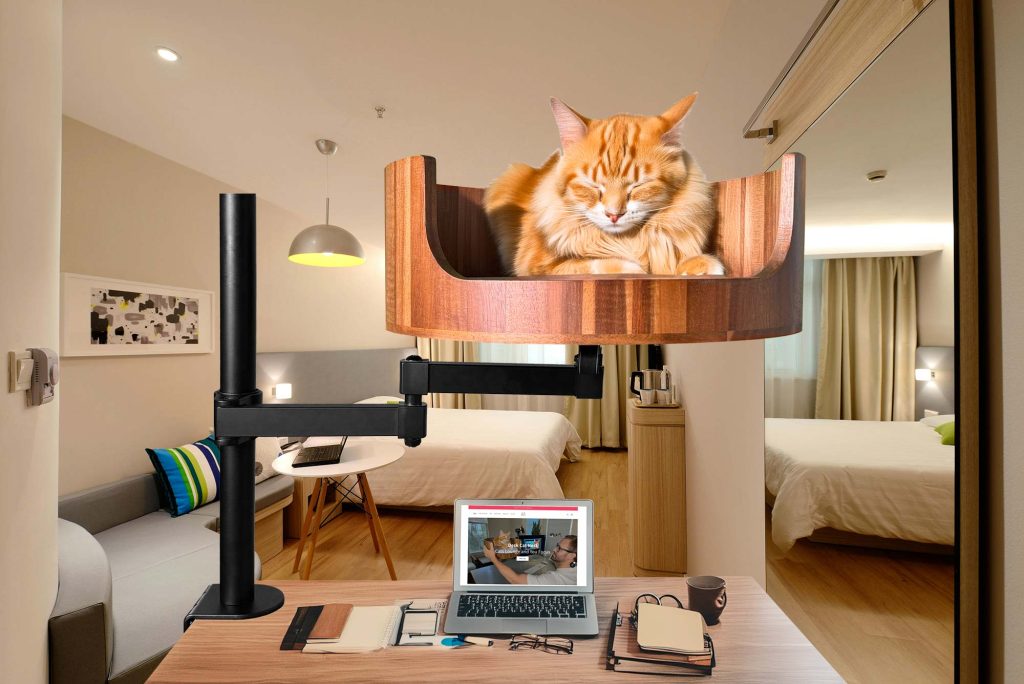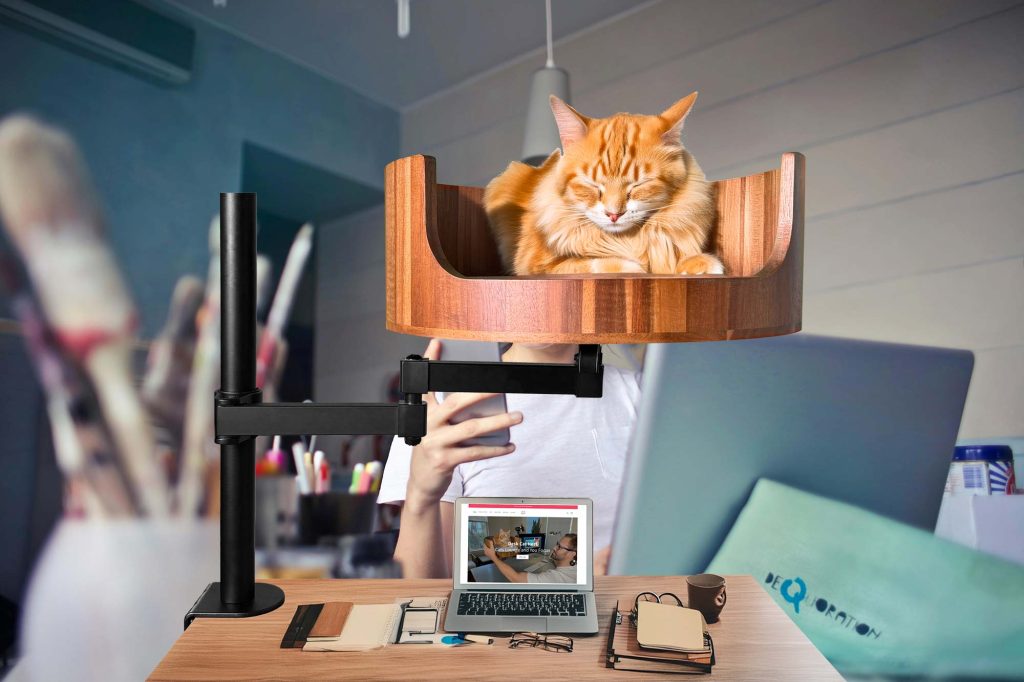Have you ever wondered how old your cat is in human years? While most people simply multiply their cat’s age by seven to get a rough estimate, the reality is a bit more complex. In fact, the relationship between cat age and human age is not linear, as cats mature much more quickly in their first few years of life before slowing down as they get older. Understanding the differences between cat age and human age can help you better care for your feline friend and ensure they live a long and healthy life.
In this article, we will take a closer look at the concept of cat age versus human age and explore the reasons behind the varying rates of aging between the two species. We will delve into the factors that influence how cats age, such as genetics, breed, and overall health, and provide a comprehensive guide to help you determine your cat’s true age in human years. By gaining a better understanding of the differences between cat age and human age, you can make more informed decisions about your cat’s healthcare, nutrition, and overall well-being.
1. Cats age differently than humans, with the first two years of a cat’s life roughly equivalent to the first 25 years of a human’s life.
2. After the age of two, a cat’s aging process slows down, with each subsequent year roughly equivalent to 4 human years.
3. Understanding a cat’s age in human terms can help owners provide appropriate care and anticipate age-related health issues.
4. Cats are considered seniors around the age of 11 or 12, when they may require special attention and veterinary care.
5. By recognizing the differences in aging between cats and humans, owners can better meet their feline companions’ needs at every stage of life.
The Aging Process in Cats and Humans
The aging process in cats and humans differs significantly due to a variety of factors. Cats age much more rapidly than humans, with the first year of their life equivalent to around 15 human years. After that, each additional cat year is roughly equivalent to four human years. This means that a 5-year-old cat would be approximately 36 in human years. Human aging is a more gradual process, with significant changes often occurring in later years. Understanding these differences in aging is important for providing appropriate care and handling for both cats and humans.
Physical and Mental Changes in Cats and Humans
As cats and humans age, they experience physical and mental changes that can impact their overall health and well-being. In cats, common signs of aging include reduced mobility, changes in appetite, dental issues, and decreased grooming habits. Similarly, humans may experience a decline in physical abilities, memory loss, changes in sleep patterns, and increased susceptibility to certain illnesses. It is important for cat owners and caregivers of elderly humans to be aware of these changes and take proactive measures to ensure the comfort and quality of life of their aging companions.
Caring for Aging Cats and Humans
Proper care for aging cats and humans is essential to ensuring their health and happiness in their golden years. For cats, this may involve providing a comfortable and accessible living environment, a nutritious diet tailored to their changing needs, regular veterinary check-ups, and appropriate exercise and mental stimulation. Similarly, caring for aging humans may involve managing any chronic health conditions, promoting social interaction and cognitive activities, ensuring a safe home environment, and addressing emotional needs. By understanding the specific needs and challenges of aging cats and humans, caregivers can provide effective and compassionate care to their beloved companions.
## Frequently Asked Questions
### How does the Desk Cat Nest help with cat age versus human age?
The Desk Cat Nest provides a comfortable and cozy space for your cat to rest and relax, which can help reduce stress and anxiety. This can have a positive impact on your cat’s overall well-being and can help them to live a longer, healthier life.
### Is there scientific evidence to support the use of the Desk Cat Nest for cat age versus human age?
While there may not be specific scientific studies on the Desk Cat Nest itself, there is plenty of research to support the benefits of providing a comfortable and stress-free environment for your cat. Creating a safe and relaxing space for your cat can help to reduce their overall stress levels, which can have a positive impact on their health and longevity.
### How often should my cat use the Desk Cat Nest to see a difference in their age versus human age?
It is recommended to allow your cat to use the Desk Cat Nest as often as they like. Cats are known for their independent nature, so they will use the nest when they feel like it. Providing a comfortable and inviting space for your cat to rest in will encourage them to spend more time there, which can have a positive impact on their overall well-being.
### Can the Desk Cat Nest really help my cat live longer?
While there is no guarantee that the Desk Cat Nest will help your cat live longer, providing a comfortable and stress-free environment for your cat can certainly contribute to their overall health and well-being. By reducing stress and anxiety, the Desk Cat Nest can help to improve your cat’s quality of life, which may in turn help them to live a longer and healthier life.
In conclusion, Desk Cat Bed is a valuable choice for cat owners looking to help their furry companions as they age in comparison to human age. Providing a comfortable and cozy spot for cats to relax can help alleviate stress and promote better overall health and well-being. The ergonomic design of Desk Cat Bed ensures that cats can rest comfortably for extended periods, supporting their joints and muscles as they age. Additionally, the raised design helps to keep cats off of cold or hard surfaces, further aiding in their comfort and longevity. Investing in Desk Cat Bed is a sure way to provide your beloved feline with the care and support they need to thrive as they navigate the aging process in comparison to human age.


